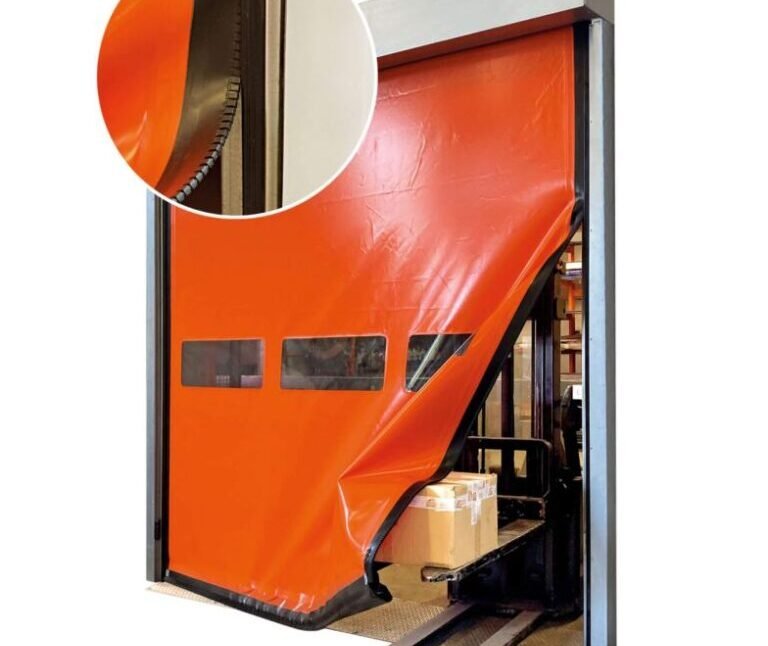Self-Repairing Doors
Doors are fundamental to any building, providing security, privacy, insulation, and aesthetic appeal. But like all structural components, they are susceptible to wear and tear over time—leading to dents, cracks, or more severe damage that often requires costly repairs or full replacements.
But what if doors could heal themselves?
It may sound like science fiction, but innovations in material science and engineering are turning the concept of self-repairing doors into a real possibility.
The Science Behind Self-Healing Materials Self Repairing Door
At the heart of a self-repairing door lies the use of self-healing materials—smart materials engineered to autonomously fix damage such as scratches, cracks, or punctures without the need for manual intervention. These materials are inspired by biological systems, mimicking the way skin repairs itself after a cut.
There are several leading approaches to creating these intelligent materials:
1. Encapsulated Healing Agents Self Repairing Door
Tiny microcapsules containing a healing agent—typically a liquid polymer or resin—are embedded within the material. When the door is damaged, the capsules break open, releasing the agent into the affected area. It then hardens, effectively “gluing” the parts back together.
2. Vascular Networks Self Repairing Door
Inspired by the human circulatory system, this approach integrates microscopic channels (like veins) within the material. These networks transport a healing fluid to the damaged site, where it reacts to restore the material.
3. Reversible Molecular Bonds
Some polymers are engineered with reversible chemical bonds that break and reform under specific conditions. When damage occurs, the bonds re-establish themselves, allowing the material to “heal” at a molecular level.
Self Repairing Door How a Self-Repairing Door Works
Imagine a self-healing door installed in your home or office. Here’s how it might function in practice:
1. Detection
Embedded sensors monitor the structural integrity of the door. These could detect changes in pressure, electrical conductivity, or optical properties to identify even the smallest forms of damage.
2. Activation
Once damage is detected, the healing process is automatically triggered. In systems using encapsulated agents, the force from the damage itself might initiate repair. More complex systems may use sensors to activate pumps or release mechanisms for healing fluids.
3. Repair
The healing material flows into the damaged area and solidifies—sometimes through air exposure, light activation, or chemical reactions. The repair could take minutes to hours, depending on the damage and materials used.
4. Restoration
After the process completes, the door regains its original strength and appearance, as if the damage never occurred.
Why Self-Healing Doors Matter Self Repairing Door
The potential benefits of self-repairing doors are both practical and far-reaching:
- Lower Maintenance Costs
Minor scratches and dents repair themselves, saving homeowners and facilities on long-term repair or replacement expenses. - Extended Lifespan
Regular self-repair can significantly increase a door’s usable life, reducing waste and manufacturing demand. - Improved Security
Damaged doors are vulnerable to break-ins. Self-repairing doors maintain structural integrity, improving safety. - Sustained Aesthetics
A door that repairs its blemishes remains visually appealing, boosting the property’s appearance and value. - Environmental Sustainability
Fewer replacements mean less material consumption and reduced landfill waste, contributing to greener building practices. - Added Convenience
A self-repairing door offers peace of mind—you won’t have to worry about the consequences of accidental damage. - Future Integration
The same technology could lead to other advancements, such as self-cleaning surfaces, temperature regulation, or even energy generation.
Challenges on the Path to Adoption Self Repairing Door
Despite its promise, several obstacles must be overcome for self-repairing doors to become mainstream:
- High Production Costs
Advanced materials are still more expensive than traditional ones. However, costs are expected to drop as the technology matures and scales. - Repair Time and Efficiency
Healing must happen quickly and effectively to suit real-world applications. - Durability of Repairs
Repaired areas must be as strong and resilient as the original material to ensure lasting performance. - Damage Type Limitations
While great for minor or moderate damage, these systems may not yet address major structural failures. - Environmental Performance
Materials must withstand temperature extremes, humidity, and exposure to sunlight without degrading.
The Door to the Future Is Opening Self Repairing Door
The development of self-healing doors represents a remarkable intersection of technology, science, and design. While they aren’t standard in homes or offices yet, ongoing research in nanotechnology, smart polymers, and sensor systems is rapidly pushing the boundaries of what’s possible.
In the near future, doors may do more than just open and close—they may be intelligent systems capable of caring for themselves and adapting to their environment.
The self-repairing door is not just a marvel of engineering; it is a symbol of a new era of sustainable, resilient, and intelligent infrastructure.



